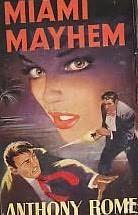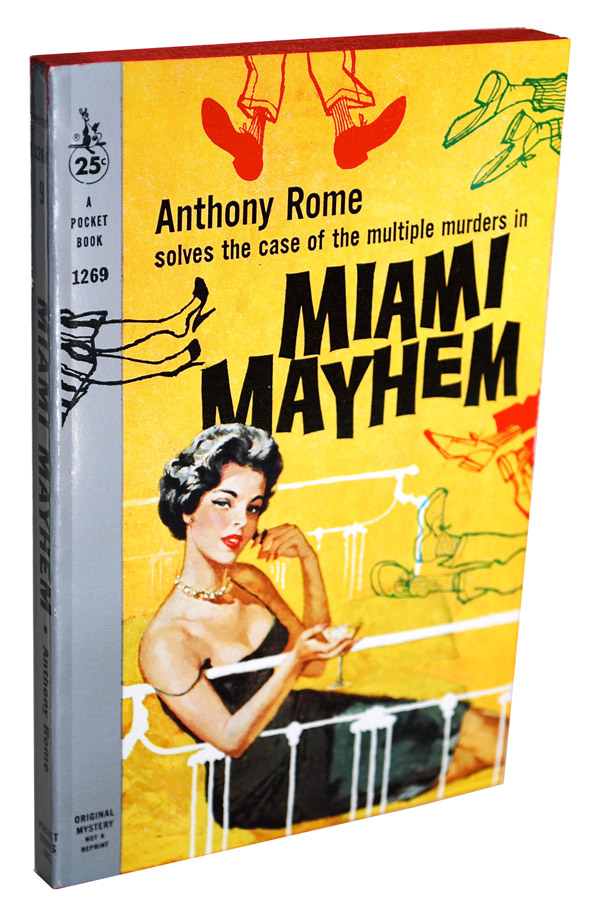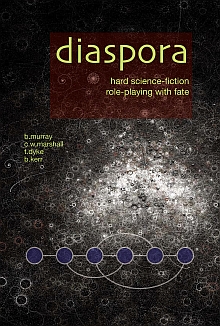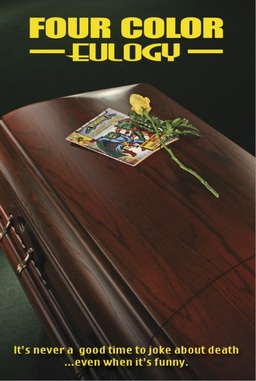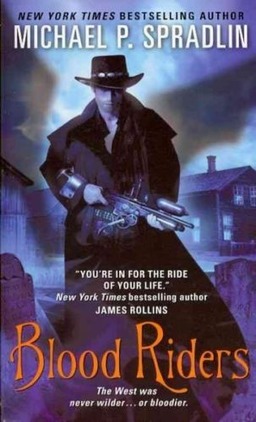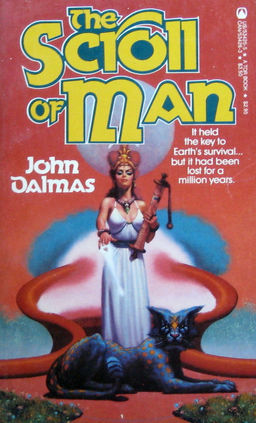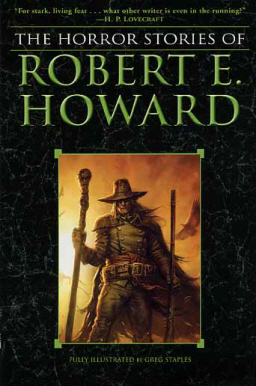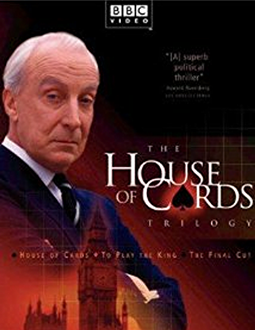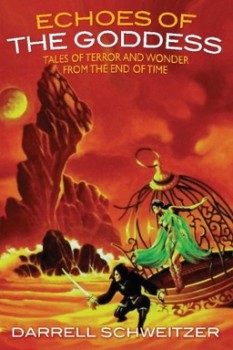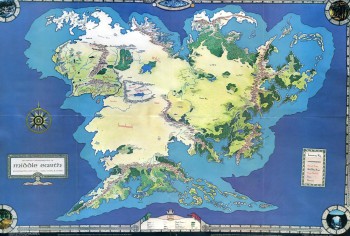Galaxy Science Fiction, October 1951: A Retro-Review
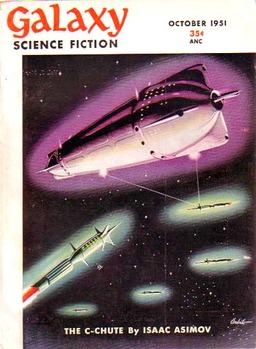 Galaxy began its second year of publication with the October 1951 issue. With contributions from both Asimov and Heinlein, it continued to show the strength of its fiction content.
Galaxy began its second year of publication with the October 1951 issue. With contributions from both Asimov and Heinlein, it continued to show the strength of its fiction content.
“The C-Chute” by Isaac Asimov — A disparate group of space travelers become prisoners when their ship is stormed by enemy aliens. The Kloro secure the men in a room and leave only two of their own to pilot the ship back to their territory, where it can be prepared for battle.
Not content to sit idly by and become prisoners of war for an indeterminate amount of time, the men formulate a plan. Someone could suit up and go outside the ship, walking the hull to the steam tubes, in order to re-enter the ship at the control room, hopefully surprising the enemy pilots. The only dilemma is figuring out which of the men has the wherewithal and courage to succeed.
There was a lot of point-of-view shifting throughout the story, allowing the reader to enter the mind of each character. I thought this was done well and honestly there was greater variety in these characters than what Asimov produced in his novel The Stars, Like Dust.
“Pleasant Dreams” by Ralph Robin — Chief Watcher Gniss invites a childhood friend to witness how his group uses technology to spy on criminal suspects. Through the telepathic instrument, they can witness the suspects’ dreams, allowing them to learn of co-conspirators without the need for interrogation.
